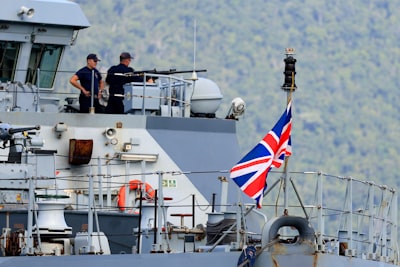NATO’s Defence Spending Gap: A Crisis of Commitment?
NATO’s unity is under increasing strain—not from a lack of threats, but from a persistent failure among several member countries to meet agreed defence spending targets. While the alliance is celebrated for its collective security guarantee, an uncomfortable truth remains: many members are not pulling their financial weight, raising profound questions about fairness, security, and political will.
The 2% Benchmark: Principle vs. Practice
At the heart of NATO’s defence dilemma is the pledge—renewed in 2014—that all members should spend at least 2% of their GDP on defence. This target was agreed as a minimum standard to ensure credible deterrence, especially given growing threats from Russia and global instability.
Yet, as of 2024, less than half of NATO members hit this benchmark. The United States, the backbone of the alliance, shoulders about 70% of total NATO defence spending. By contrast, economic powers like Germany, Canada, and several southern European nations consistently fall short, prompting criticism—especially from Washington—that America is subsidizing European security.
Controversies and Consequences
The main controversies revolve around three key areas:
| Issue | Explanation | Implications |
|---|---|---|
| Burden Sharing | Disparity in spending leads to resentment and questions of fairness | Erodes trust; risks US disengagement |
| Capacity Gaps | Underinvestment weakens Europe’s ability to respond independently | Relies heavily on US military assets |
| Political Symbolism | Perceptions of freeloading undermine alliance cohesion | Fuels populist and nationalist rhetoric |
NATO’s Secretary-General, military analysts, and US leaders have repeatedly warned that this gap not only threatens alliance credibility but could embolden adversaries. For instance, Russia’s 2022 invasion of Ukraine intensified debates, forcing some lagging NATO members to reconsider their budgets, yet real change remains slow.
Beyond the Numbers: Why Does It Matter?
Defence spending isn’t just about buying tanks and jets—it signals political seriousness. When major economies underinvest, they send a message: their commitment to NATO’s collective defence might be rhetorical, not material. This weakens deterrence and, paradoxically, encourages adversaries to test the alliance’s resolve.
Moreover, underinvestment breeds dependency. European nations risk strategic irrelevance if they depend too heavily on the US for security, especially as American foreign policy priorities shift.
Surprising Developments
- Shift in Mood: Some lagging countries, notably Germany, have announced drastic increases in defence budgets since 2022—but these promises are only starting to materialize.
- Broader Security Debate: The debate extends beyond spending: smarter procurement, interoperability and investment in cyber and tech are just as crucial.
- Public Perception: Many European citizens remain unaware of how much their countries spend—or don’t—on defence, complicating political efforts to raise budgets.
Looking Ahead: Wake-Up Call or Business as Usual?
NATO’s defence spending gap is more than a budgetary scrap—it’s a question of future relevance. Will European allies rise to the challenge, or will burden sharing remain a “permanent crisis”? The answer will define not just NATO’s future, but global security in an era of renewed great power rivalry.
This article was inspired by the headline: 'The Nato countries that missed their defence spending targets - BBC'.

Comments
No comments yet. Be the first to comment!